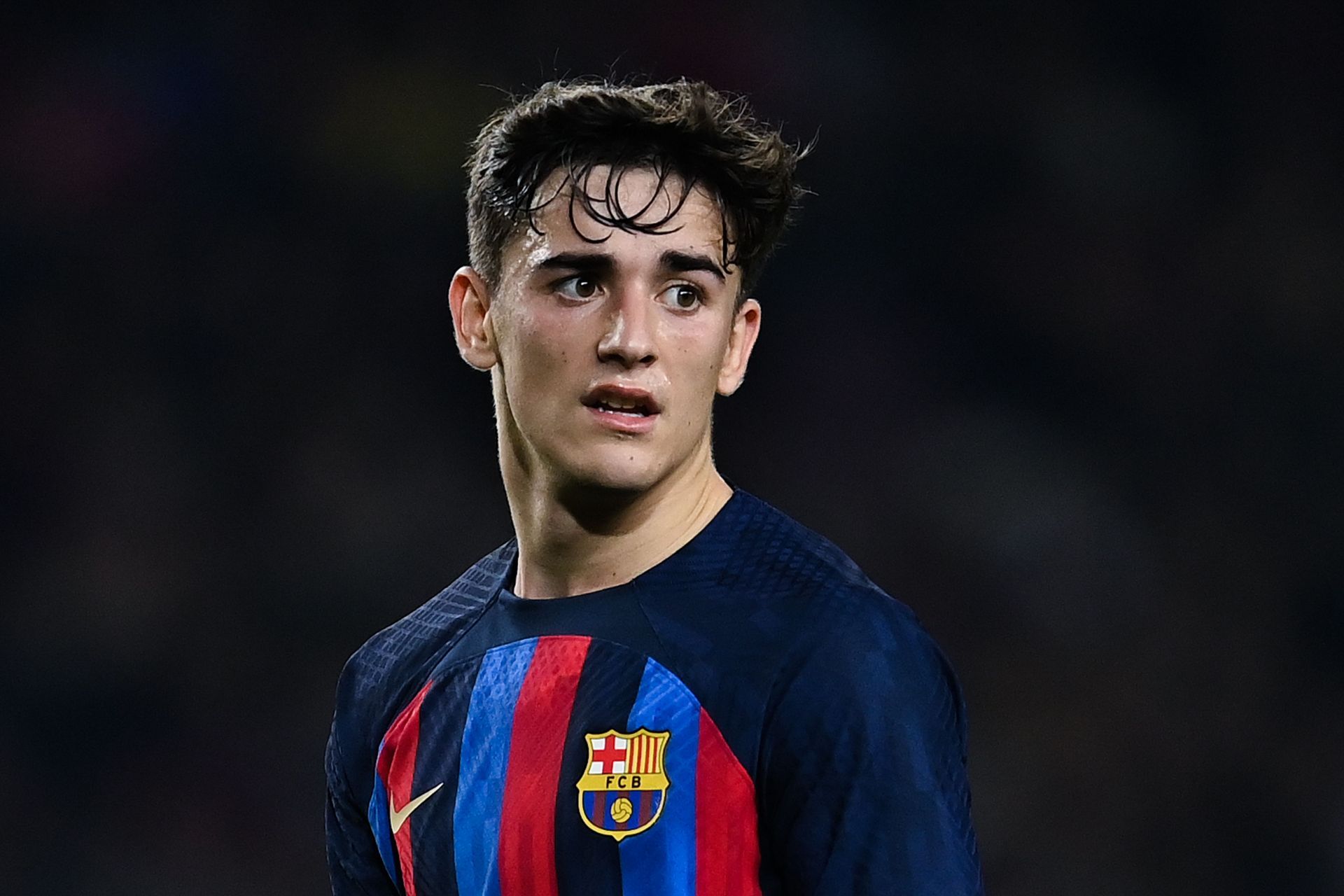
Win the ball and score: The changing role of creative playmaker in football
Although the creative playmaker is still revered in Latin America, such players are becoming an increasingly rare sight in elite European club football.
Latin American football has stylistic similarities with classical music. It takes pauses; it's slower, and the focus is on technique. It prioritises beating the defender with skill. European football, meanwhile, is pass- and press-oriented, and tends to advocate efficiency over artistry.
Gegenpress and restverteidigung

Managers such as Jurgen Klopp have based their entire philosophy of football on the Gegenpress, a system of high intensity pressing he first developed during his time at Borussia Dortmund.
This is a defence-first approach in which a team looks to win the ball back higher up the pitch and into opposition area so that by the time the ball is won, the opposition goal area is just a pass away.
In an interview, Klopp emphatically said that the press was the playmaker:
“No playmaker in the world can be as good as counterpressing.”
What that means is that Klopp sees creative playmakers as dispensable in his tactical approach. More recently, Klopp's decision to use wingback Trent Alexander Arnold in midfield also highlights Klopp's 'defence first' mentality in which he uses a defender to solve a midfield issue in his team, probably because Arnold played as a midfielder during his academy days.
Increasingly, coaches and football strategists have been preoccupied with the idea of restverteidigung, which can be roughly translated into English as “rest-defence” or “residual defence”.
It's a form of defensive play in which the centre-halves and a group of midfielders stay behind while their team is on the attack so that they are better prepared when there's a counterattack.
So, while the forwards and creative players are on the attack, the defensive midfielder mans the central areas of the pitch so that they are able to win the ball more emphatically. This is where a midfielder’s ball-recovering abilities are needed.
Gavi: The neo-midfielder
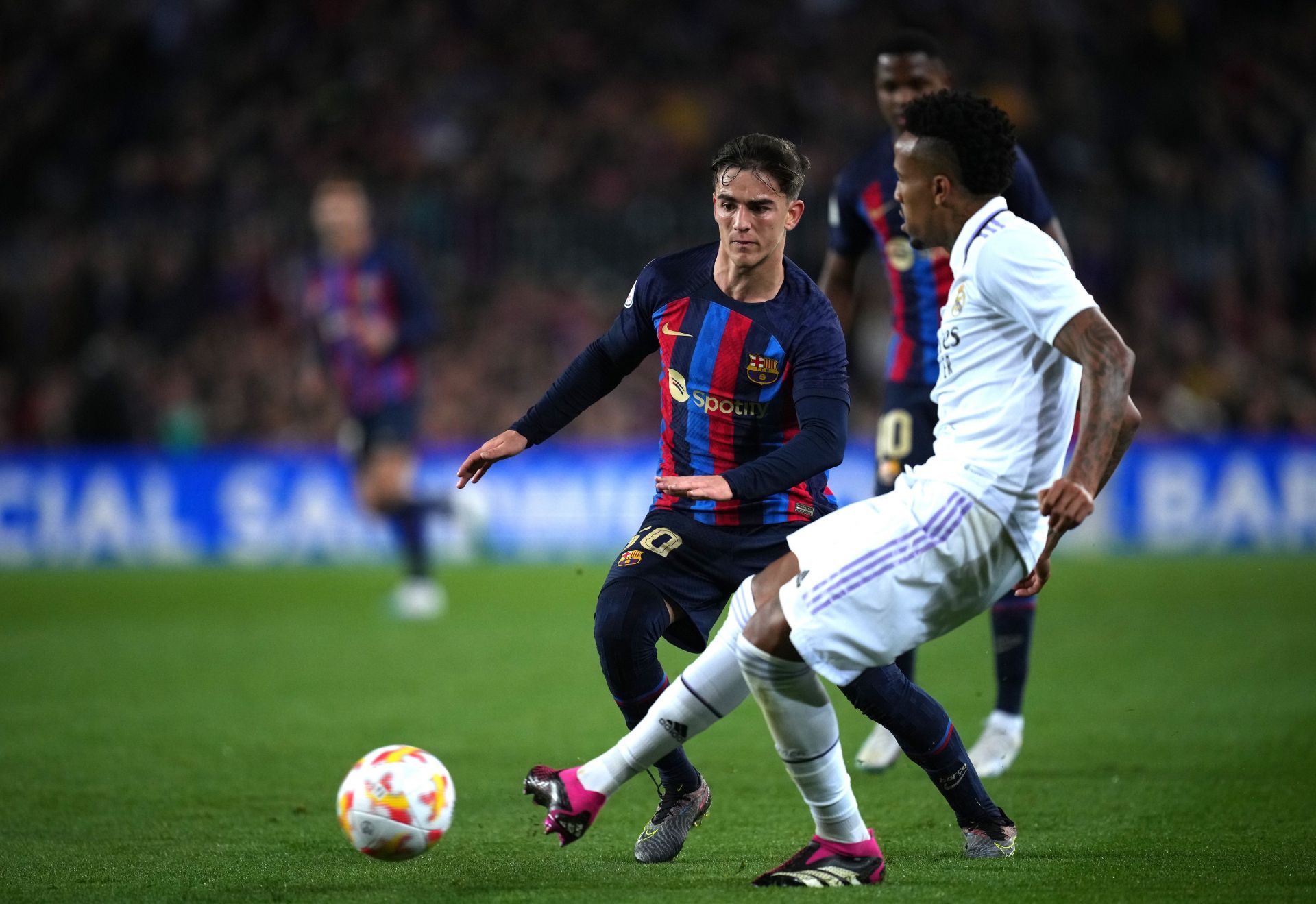
The biggest reason for the decline of creative playmakers is that they are very inefficient in the defensive phase of play, where they become a liability. Midfielders, especially the creative ones, are under more pressure to improve the defensive aspect of their game.
Recently, players such as Barcelona midfielder Gavi have realised this trend and have added a defensive side to their game. Pedri, another Barcelona and Spain midfielder, has added defending to his myriad repertoire of talents.
It can be seen as an attempt to make him more suitable to a wide range of tactical approaches. Gavi belongs to a new breed of modern, tactically adept, versatile midfielders who is not only a creative force but also has the courage and audacity to go for hard tackles even on physically stronger opponents. His slender build not only makes him an agile dribbler but also a tenacious tackler.
The creative midfielder must adapt or perish
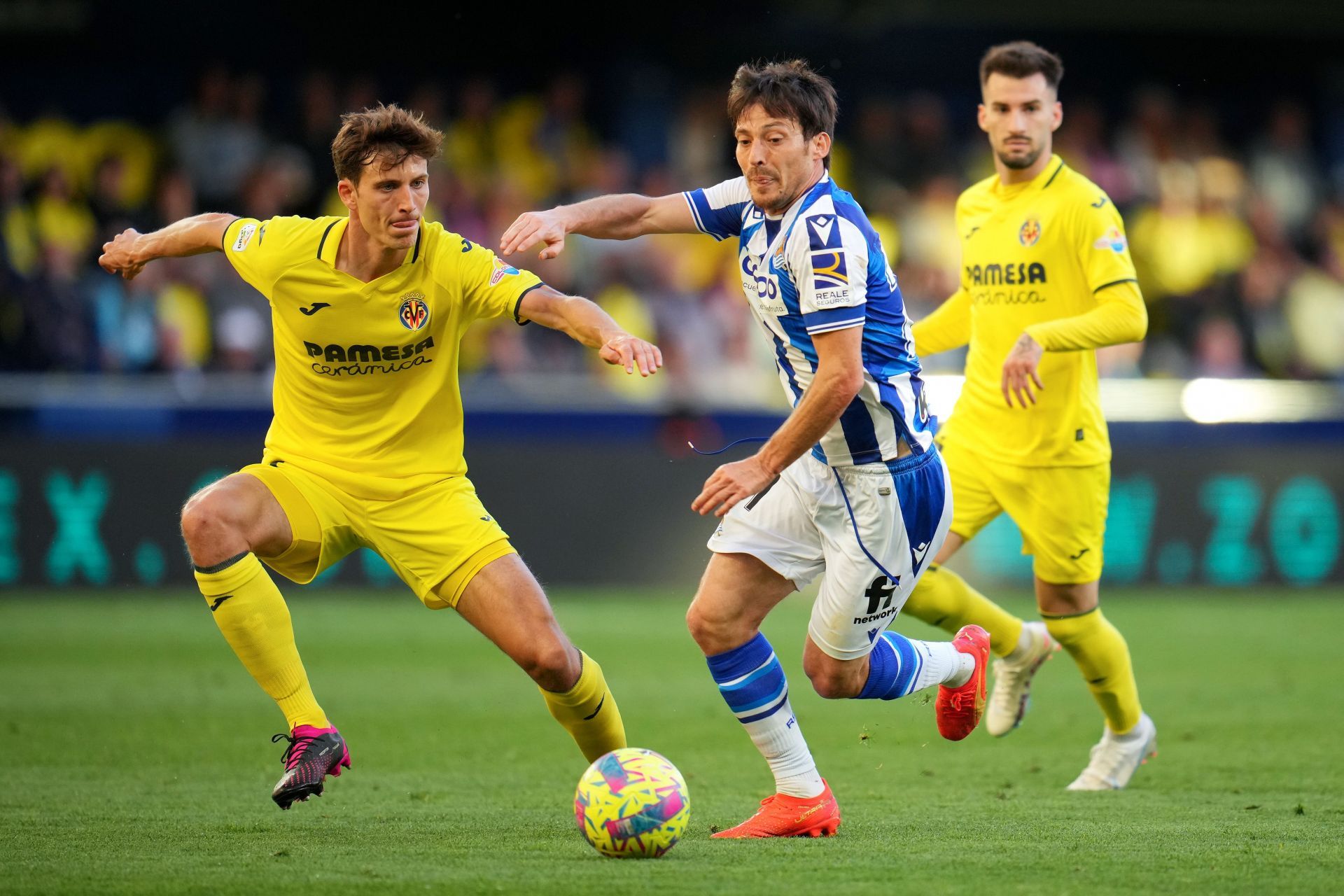
Some teams still try to employ the creative playmaker in his suitable role. In the 2022-23 season, Real Sociedad utilised the Spanish veteran playmaker David Silva in the No. 10 role to good effect. Manager Imanol Alguacil has seemed to breathe a new lease of life not only on the 37-year-old Silva, but also it seems on the role of the enganche in football, too
Silva’s role in the team is characterised by freedom in possession and ability to float around the pitch without being assigned a rigid zone. Even though he may not add much to Sociedad from a defensive standpoint, Silva’s offensive contributions have seen him notch up three goals and six assists in 2311 minutes across competitions.
It may not seem like much of a contribution, but his through passing makes him a very potent offensive option. Whoscored.com categorises his key passes as “very strong” with tackling as “strong”. Thus, even a seasoned veteran like David Silva has had to adapt to playing a more defensive role. A midfielder who cannot defend is a liability for teams.
Use of statistics
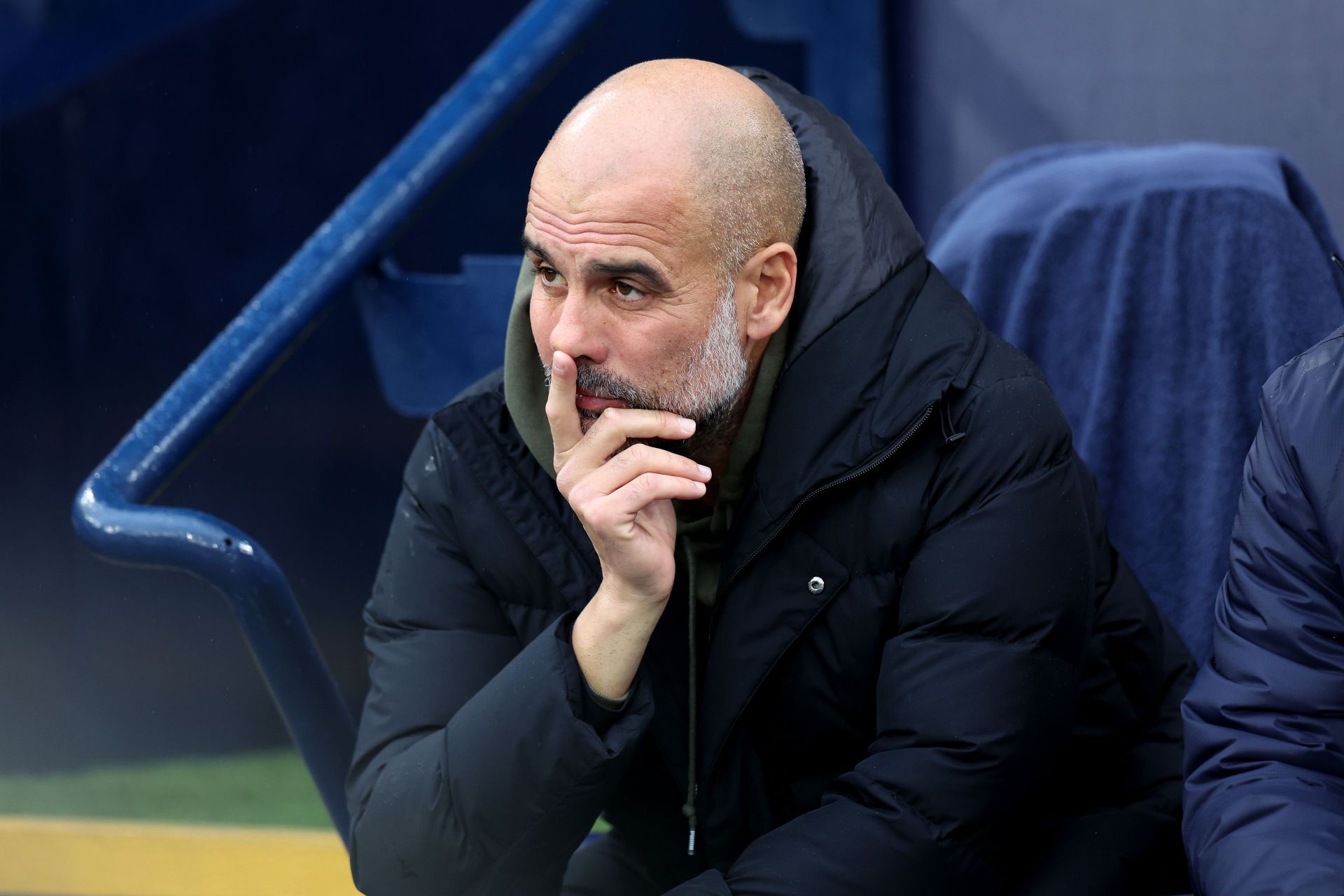
What makes modern football interesting is the increasing use of statistics and other numerical markers for the measurement of a player’s contribution to a team. Coaches now use sophisticated data points in their attempts to measure a player’s tangible contribution to his team.
However, the problem with this method is that creative playmakers are under more pressure than ever to boost their “assists” tally rather than just play their natural game.
A good case in point is the situation of Arthur Melo during his time at Barcelona. He was supposed to make goal contributions in every other game, yet fans were underwhelmed that Melo could not provide as many goals as they would have liked him to.
It's almost as if a player must provide goal contributions in every game if he's unable to score. Other players like Frenkie de Jong have had to deal with a similar dilemma before manager Xavi chose to deploy him in a deeper role.
Contributing without assisting
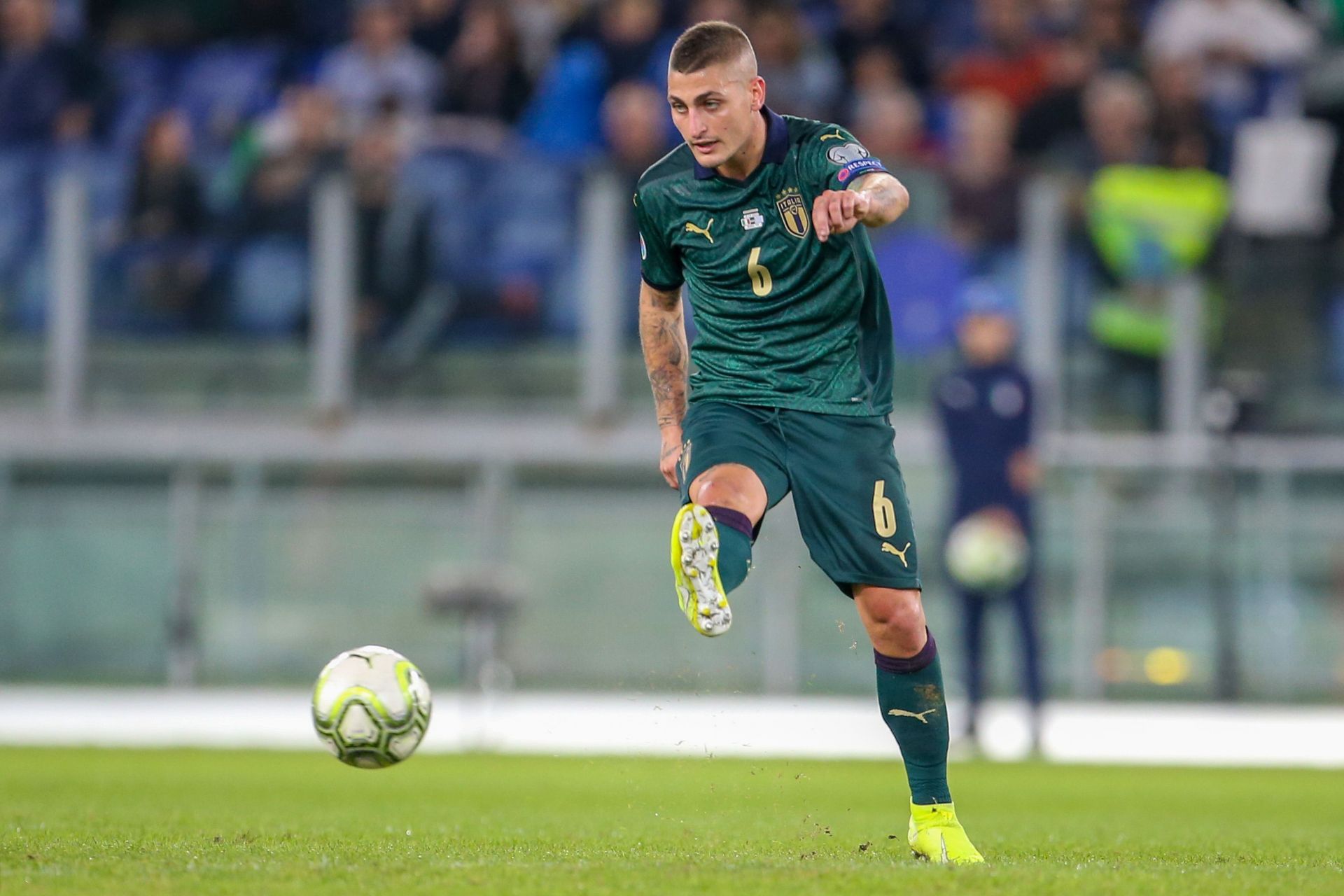
In an interview with AD, Xavi Simmons made an interesting point about midfielders in the game today:
“I am often asked: who is the best player I have played with in Paris? So I can answer: Messi or Mbappe, but everyone already knows how good they are, and Marco Verratti, a lot of people don’t. Verratti is my favourite player. He doesn’t score a lot of goals or give a lot of assists, but he’s so important.”
What Simmons says is crucial to understanding the role of the creative midfielder in football today.
Simmons realises the importance people give to goals and assists, but he believes that one can contribute meaningfully to a team even without always scoring or assisting. That's exactly what Arthur Melo did during his time at Barcelona, and yet that eventually led to his departure to Juventus.
The art of circulating the ball to more offensive channels is just as important for a midfielder as assisting, which is the final pass before a goal is scored. In the obsession to recognise only assists, we even count “pre-assists” these days, which is the pass a player provides in the build-up to an assist.
In a nutshell, the modern creative playmaker has to undertake the added burden of pressing and defending to continue being relevant in today's game.